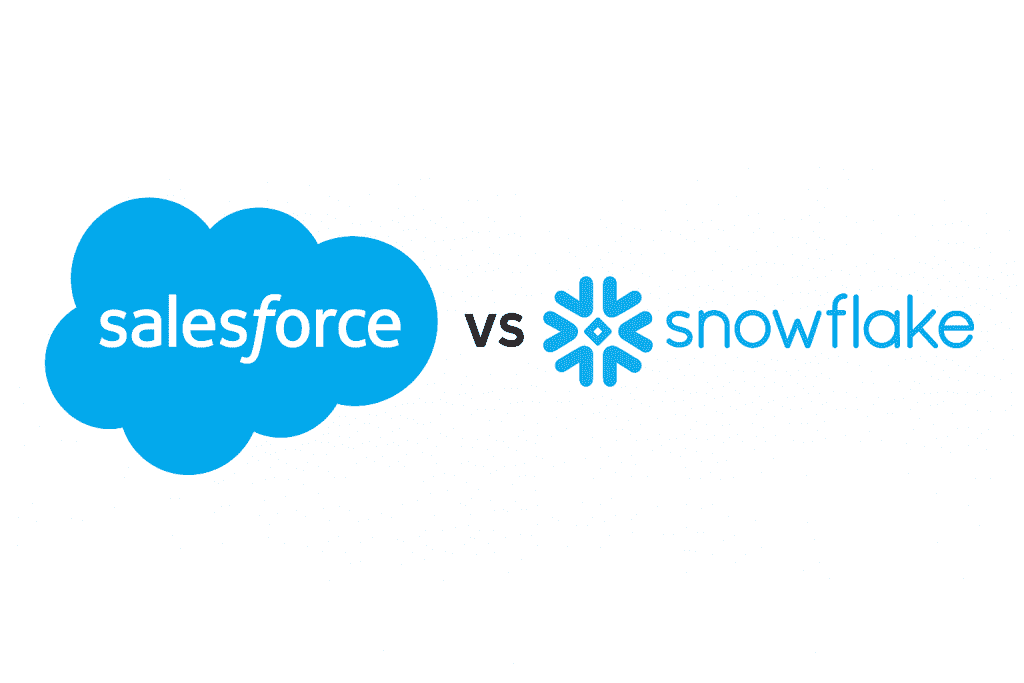
1. Core Business Areas
- Snowflake
-
- A data infrastructure company.
- Enables organizations to store, analyze, and share data seamlessly across multiple clouds (AWS, Azure, GCP).
- Why customers use it → As the foundation for big data processing and AI-driven analytics.
- Salesforce
- A business applications company (CRM).
- Provides SaaS solutions for sales, marketing, customer service, and commerce with CRM at the center.
- Why customers use it → To optimize sales and marketing processes and improve customer engagement.
2. Revenue Model
- Snowflake
- Pay-as-you-go pricing model.
- Revenue depends on the amount of data stored and the number of queries executed.
- In short → Usage-based revenue.
- Salesforce
- Subscription-based SaaS model (monthly or annual contracts).
- Core revenue comes from licensing fees + upselling additional services.
3. Customer Touchpoints
- Snowflake
- Primary users are data engineers, data scientists, and IT teams.
- Acts as a “data platform” → Indirect customer-facing.
- Salesforce
- Used by sales, marketing, and customer support teams.
- Directly tied to the “front lines” of business where customer data is entered and leveraged daily.
4. Market Positioning
- Snowflake → “The company that erased the borders of data”
- Data storage and analytics infrastructure.
- Competitors: Databricks, Google BigQuery, Amazon Redshift.
- Salesforce → “The company that turns customer data into revenue”
- CRM and marketing SaaS leader.
- Competitors: Microsoft Dynamics, HubSpot, Oracle CX.
One-Line Summary
- Snowflake is the plumbing (infrastructure) that allows data to flow.
- Salesforce is the tool that uses data to drive revenue.
